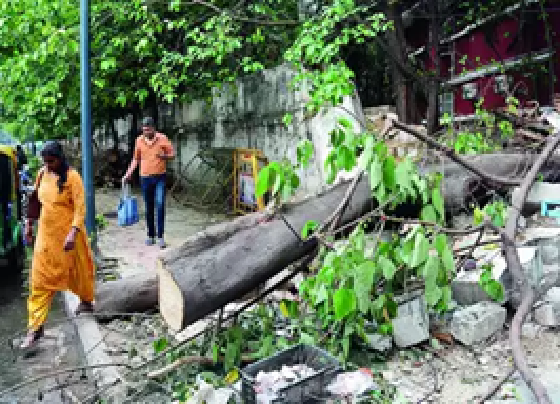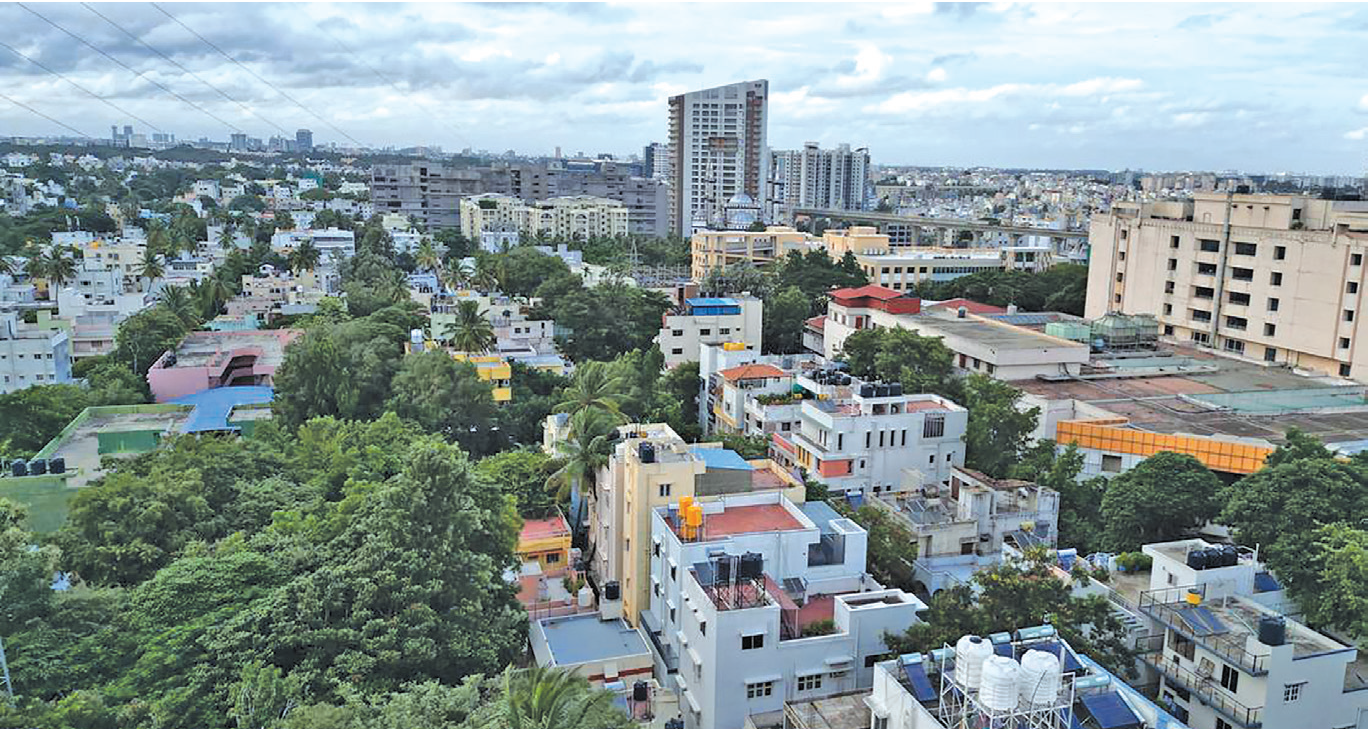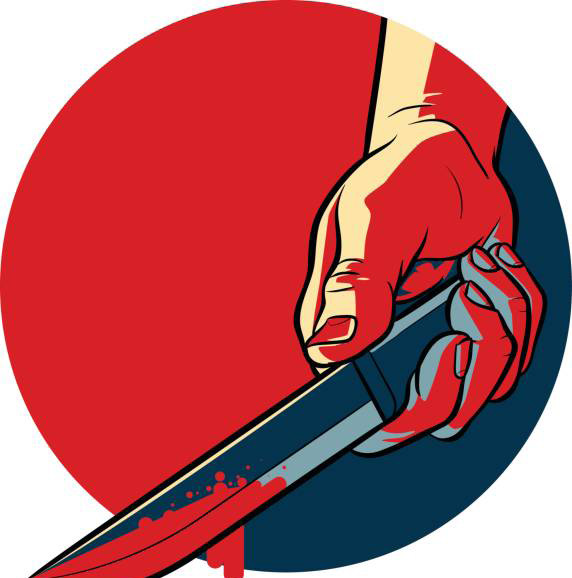
Rich thrive, poor left behind: 1 bn Indians too poor to spend
NT Correspondent
Bengaluru: A damning report by Blume Ventures has shattered the illusion of a vast Indian consumer market, revealing that nearly one billion Indians—two-thirds of the population lack the income for discretionary spending. This renders them an unviable market for startups, dismissing the myth of India as a consumer powerhouse, the BBC reports.
The Indus Valley 2025 report, released on Saturday, paints a grim picture: India’s true "consuming class" is a mere 140 million people just 10% of the population a number comparable to Mexico’s total population. Another 300 million Indians, labeled the “aspirant” consumer class, are spending cautiously, driven by digital payment tools like UPI and AutoPay. This group, equivalent to Indonesia’s population, fuels demand in streaming, gaming, ed-tech, and lending but remains hesitant to pay.
Blume’s report underscores the brutal K-shaped recovery post-pandemic where the rich have only grown richer, while the poor have been pushed further into economic irrelevance. Instead of broad-based growth, India’s consumer base remains stagnant, benefiting only those at the top. Income inequality in India has widened over decades, according to the BBC. The top 10% of earners now control 57.7% of the country’s income, up from 34% in 1990.
Meanwhile, the share of the bottom 50% has dropped from 22.2% to 15%. The richest 1% of Indians now hold 40.1% of the country’s total wealth, while the bottom 50% share a mere 6%. Companies that have adapted to these shifts have thrived, Sajith Pai, one of the report's authors, told the BBC. "Those who are too focused at the mass end or have a product mix that doesn't have exposure to the premium end have lost market share." The report's findings bolster the long-held view that India's post-pandemic recovery has been K-shaped - where the rich have got richer, while the poor have lost purchasing power. "India is also a consumption-based economy, thus the fall in consumption that can result from the displacement of its workforce is bound to have macroeconomic implications. If the worst-case projections materialise, this could have the potential to set the country's economic growth trajectory off course," the survey says.
The latest consumption slump, however, has deepened amid not just a destruction in purchasing power, but also a drop in savings and surging indebtedness among the masses. The country's central bank has also cracked down on easy unsecured lending that propped up demand after the Covid pandemic, reported the BBC. Much of the consumption spending of the "emerging" or "aspirant" class was led by such borrowing and "turning off that tap will definitely have some impact on consumption", says Pai.
 English daily published in Bengaluru & Doha
English daily published in Bengaluru & Doha






